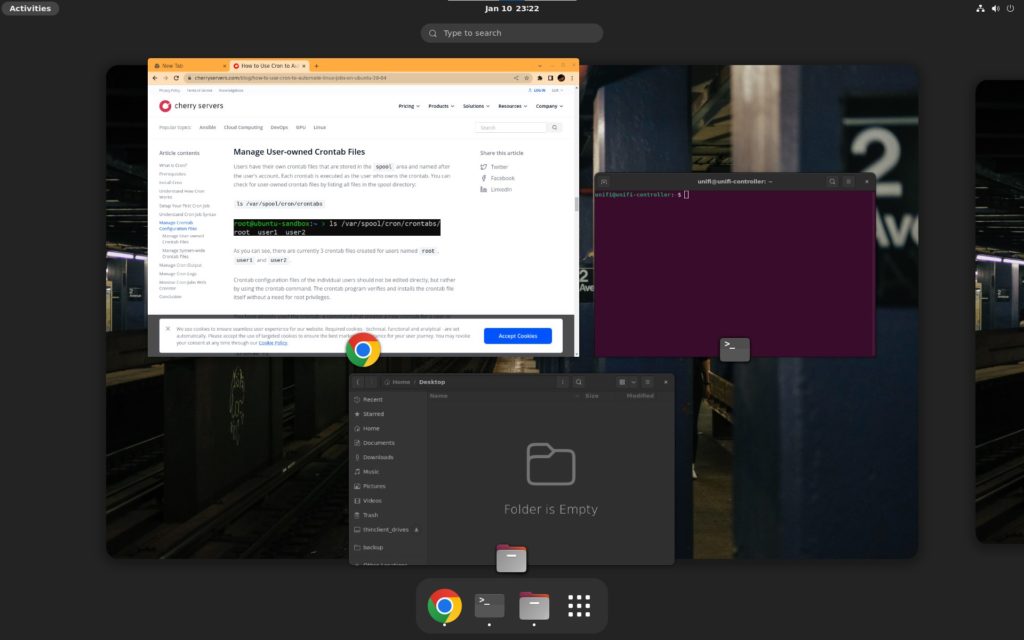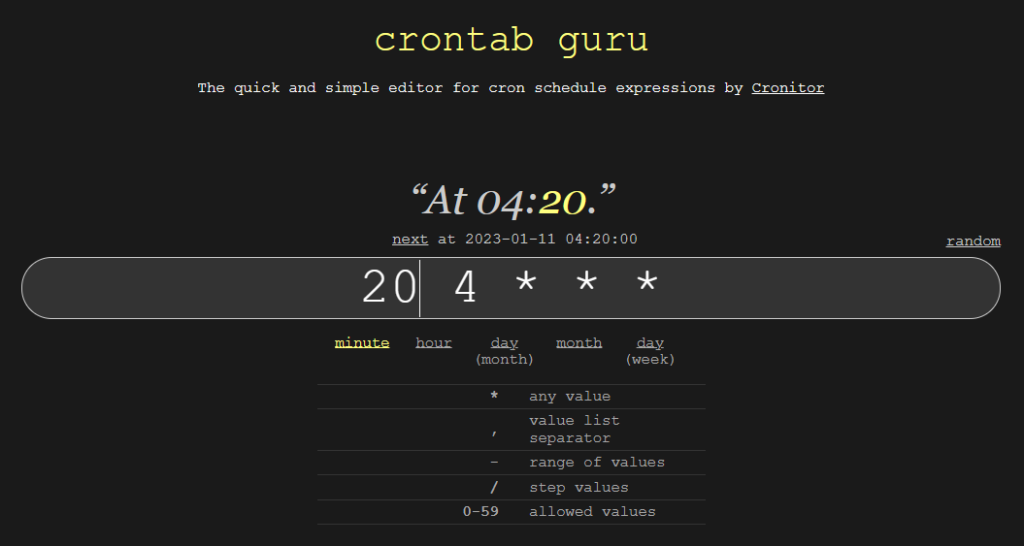Having done all the prep work for the Unifi L2TP VPN, I was ready to test it out. I turned on my hotspot on my phone and had my laptop connect to it. Using the built-in Windows VPN client, I went ahead and put my VPN address in, username and password, and the pre-shared key. Then I hit connect.
And it connected! Quickly and on the first attempt!
Of course, that’s only half the battle. Could I reach local network resources? Would the VPN forward my web traffic?
Yes and No. Great.
At first, pings to local resources failed. But then I realized that I was still running a firewall rule in Unifi that blocked all inter-VLAN traffic. After I turned those rules off, those pings, including to the router and a Windows server, started working.
I could even connect to network drives—though only using the IP address, and not with a hostname. In a command line, I ran ipconfig /all, and the entry for the L2TP VPN adapter showed the correct namesevers for my network. Strange.
On the web front, it failed completely. In Edge (Chromium-based), trying to go to any website failed immediately. Even trying to go to ESXI’s portal, which simply uses an IP address failed. Same happened in Chrome and Firefox.
OK, well maybe it wasn’t getting out to the Internet. I tried ping 8.8.8.8 -t; that worked, so it was getting out to the Internet via the VPN. Then I tried pinging a domain, like espn.com or yahoo.com. Interestingly, it resolved the IP address and the ping succeeded.
I checked that all custom firewall rules in Unifi were turned off, not that I had many. And certainly none related to blocking web traffic.
Well, maybe Windows itself is doing some kind of firewalling. I don’t understand why it would appear to be blocking only Port 80 web traffic when connected to this VPN (I often use a VPN for work and Windscribe when travelling and they work flawlessly), but I completely turned off all firewalls. Still didn’t solve the issue.
At this point, I start scouring the Internet. It seemed like many others had similar issues, with even a few having basically the same problem. But there was never a solution or something that I hadn’t tried already or some configuration change that was applicable to me. A common problem was people who were on the same subnet locally and on the VPN. That didn’t apply to me since my phone hotspot was using a completely different subnet from anything I use.
I was starting to get annoyed. I had to refocus. What could it not be? Because the VPN actually did connect, it couldn’t have been the domain and DDNS stuff I was doing the other day. The username, password, and PSK were correct as well. It wasn’t any custom Unifi firewall rules that I had in place, since those only dealt with inter-VLAN routing and I turned them off, and was able to reach other devices on the network.
Could it be the computer itself?
I know the Windows VPN client is crappy. Though I’ve also used it before with other VPN connections and it was fine. But it’s always good troubleshooting to isolate the problem as best as possible.
That led me to pull out my aging 8-9yo Macbook Pro. I connected it to my hotspot, created a new VPN connection, set it to be highest in the network order, and also set it to route all traffic down the VPN, and then pushed the “Connect” button.
It connected. I tried pinging local resources; success. I tried connecting via SMB to local resources; success. I even opened a movie that I had stored on that network drive; it played. OK, looking good. Time for the moment of truth: I opened Edge and went to a website.
It loaded! I navigated to ESXI’s login page, which I connect to using an IP address. It loaded. I went through several of my bookmarks, went to YouTube, watched a video—it all worked!
But was web really going through the VPN? For all I knew, it could have been simply “falling back” to the regular WiFi hotspot connection. However, in MacOS, there are some colored bars that show when sending and receiving traffic is going through the VPN connection. And guess what? As I made requests in the web browser, I could see the bars lighting up, especially when traffic was inbound.
So I did set-up the VPN properly! It was working exactly how it should! But then why the hell was it not working on my main Windows laptop?
For good measure, I restarted the laptop. Then I deleted the VPN connection in Windows and remade it. It connected just fine, but like before, network resources could be reached, but not web traffic.
How about the VPN client? Maybe Windows’ client really is that bad and the culprit. I looked around for a third party client and someone on reddit recommended the Draytek Smart VPN Client. Downloaded and installed it. Entered in the VPN settings. It connected. But like before…Exact. Same. Thing. Happened.
Which leaves me here, after 3-4hrs of messing with this. I don’t understand why it works perfectly on MacOS, but far from perfectly on Windows. I don’t understand why local traffic, and even domain resolution for command line ping and tracert commands, work, but not web traffic. I don’t understand why Spotify “half-loaded.” Forgot to mention that. Like the items on the app’s home screen wouldn’t load, but songs I know I’ve never played and downloaded onto that laptop actually played.
So 3-4hrs later, I’m defeated. I’m frustrated. I don’t know what else to do or where else to look. Even Ubiquiti’s Unifi forums aren’t super helpful. Lots of really old posts that I don’t think necessarily apply here. YouTube had several videos on creating the VPN, but not addressing this specific problem. Reddit’s Unifi forum had plenty of questions, but no answers. I’m at a loss.
But I need a VPN solution. A friend told me about OpenVPN’s free Access Server service. I also have a friend who uses WireGuard and (mostly) swears by it. Some time last year, I did make an attempt to build a self-hosted OpenVPN server, though it was quite technical. I’ll start looking into one of those options.
Sigh.



